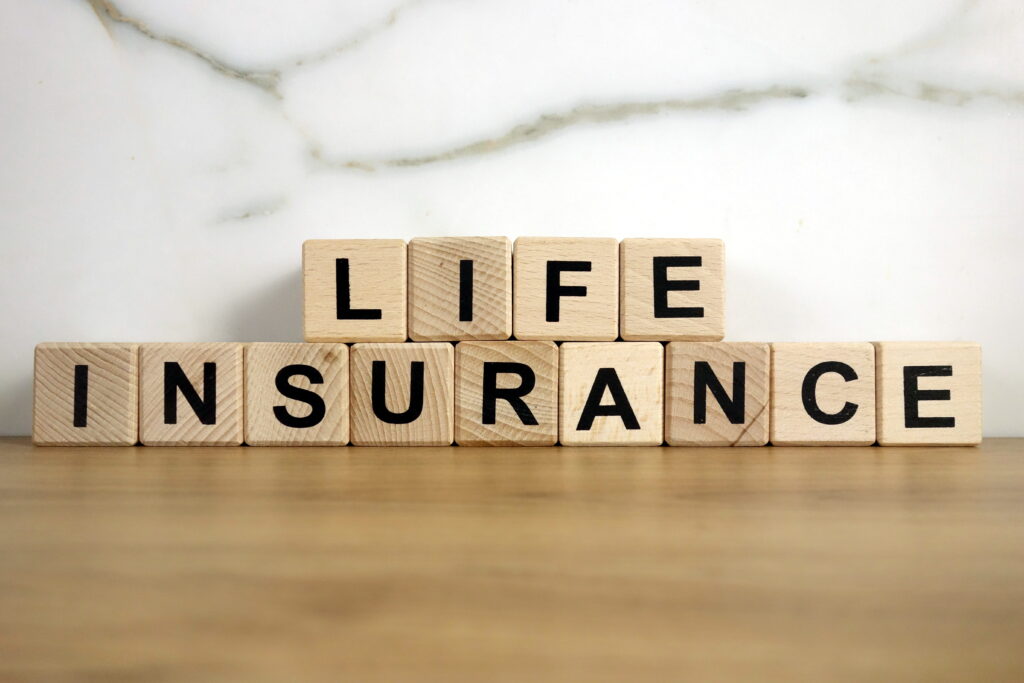
When most people think of life insurance, they picture it as a safety net for working years, protecting savings and providing for dependents. But life insurance can also play a valuable role in retirement planning. Whether it’s helping cover final expenses, leaving a legacy, or even supplementing income, the right policy can be an important part of your financial strategy.
Here’s a breakdown of the main types of life insurance and how they might fit into your retirement plan.
Term Life Insurance
What it is: Temporary coverage for a set period, such as 10, 20, or 30 years.
Key Features:
- Affordability: Often the least expensive option, especially if purchased at a younger age.
- Income Protection: Commonly used during working years to replace income if you pass away unexpectedly.
- No Cash Value: Coverage ends when the term is up, with no payout if you outlive the policy.
Retirement Relevance:
While term life insurance isn’t typically designed for retirement income, it can still help cover financial obligations like a mortgage that may extend into your early retirement years. Some term policies can be converted to permanent life insurance, offering flexibility later in life.
Permanent Life Insurance
What it is: Coverage that lasts your entire life, as long as premiums are paid.
Key Features:
- Cash Value Growth: Most policies build cash value you can access through withdrawals or loans.
- Estate Planning Tool: Can help cover final expenses or leave a legacy.
- Higher Premiums: Typically more costly than term coverage.
Types of Permanent Life Insurance
- Whole Life Insurance
- Fixed premiums and guaranteed death benefit.
- Predictable cash value growth at a set rate.
- Great for estate planning and providing certainty.
- Universal Life Insurance
- Flexible premiums and adjustable death benefits.
- Cash value grows at interest rates set by the insurer.
- Can potentially become self-funding in later years.
- Variable Life Insurance
- Cash value invested in subaccounts (stocks, bonds, mutual funds).
- Higher growth potential but also higher risk.
- Best for those comfortable with active investment management.
- Indexed Universal Life (IUL) Insurance
- Cash value growth tied to a market index (e.g., S&P 500).
- Caps on returns but also protection against losses.
- A balance between market exposure and downside protection.
Other Useful Options in Retirement
- Final Expense Insurance: A smaller whole life policy designed to cover funeral costs and end-of-life expenses. Often easier to qualify for, even with health issues.
- Survivorship (Second-to-Die) Insurance: Covers two people and pays the death benefit after both have passed. Often used to help heirs cover estate taxes or inheritances.
Choosing the Right Life Insurance in Retirement
The best choice depends on your goals, budget, health, and how much control you want over the policy’s cash value and investments. For some retirees, the goal is simply to cover final expenses; for others, it’s to pass along assets efficiently or create a flexible pool of funds.
A trusted financial advisor can help you:
- Evaluate your current coverage.
- Explore how life insurance fits into your broader retirement plan.
- Choose a policy that aligns with your long-term goals.
Bottom line: Life insurance may do a lot more than you think it can, and it can be a strategic tool in retirement. If you’re approaching or already in retirement, now is the time to review your options and ensure your retirement risks are properly addressed.





